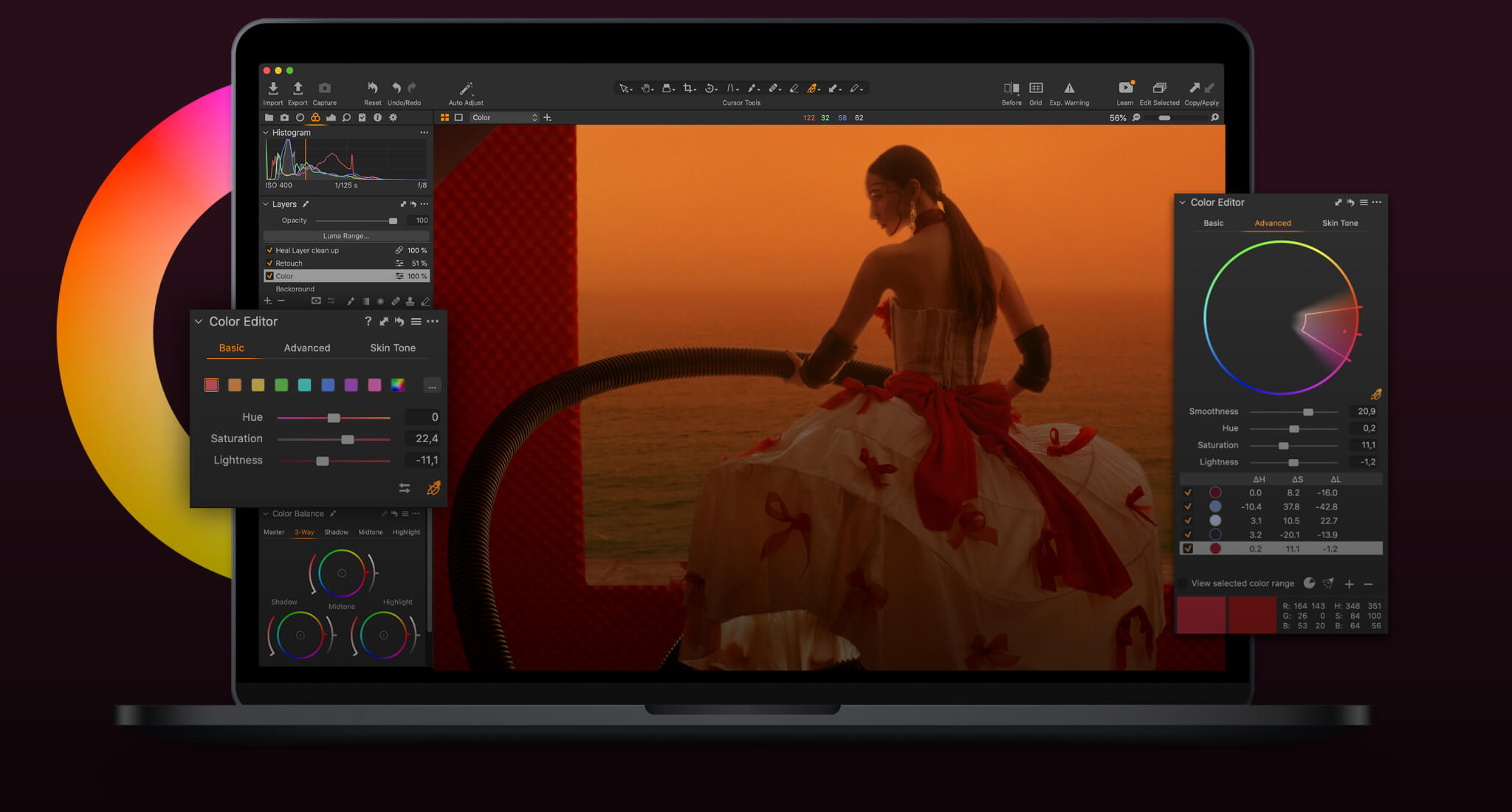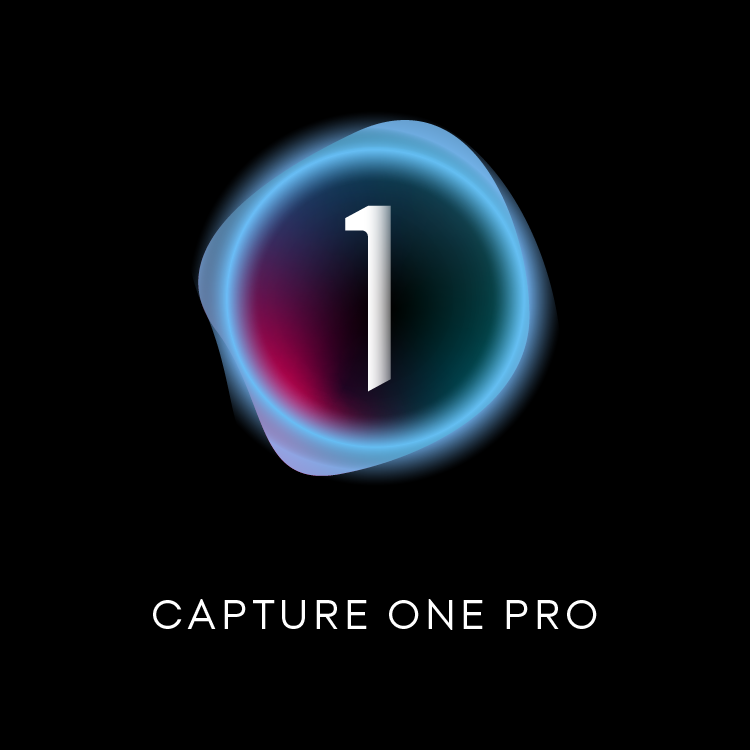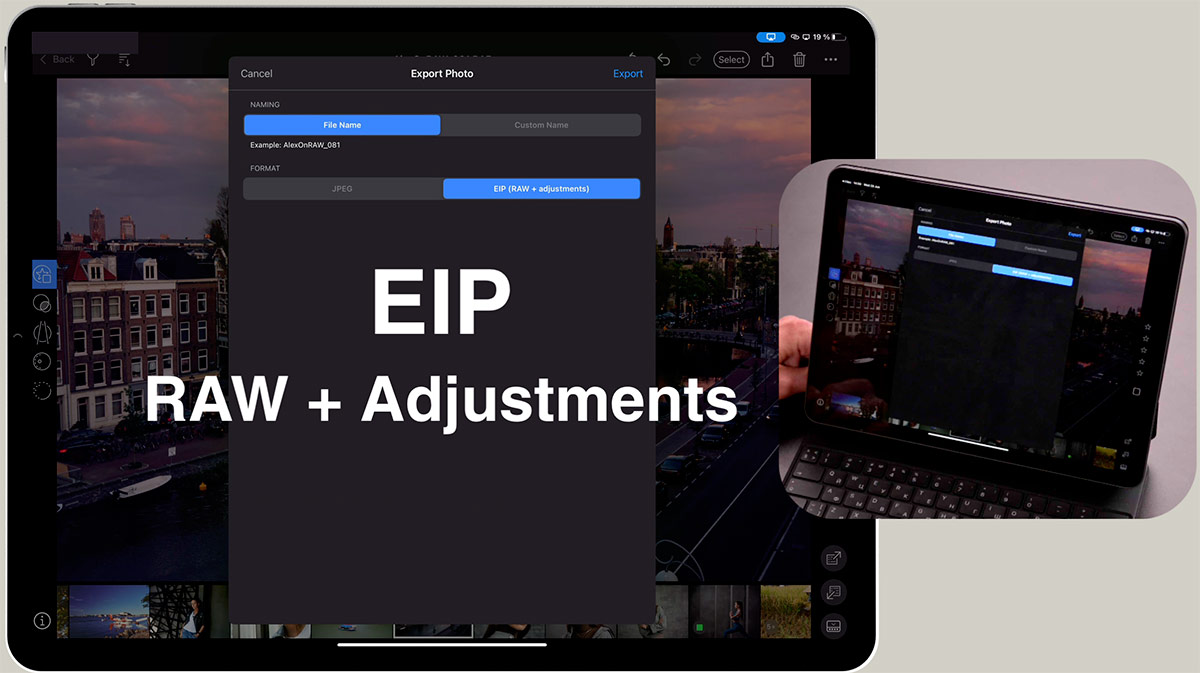
Over time, it'll be interesting to see if Apple ends up putting 3D scanning features into its own camera apps, putting the tech more front-and-center.

Again, Apple's front-facing TrueDepth camera already does similar things at closer range. The 16-foot effective range of lidar's scanning is enough to reach across most rooms in my house, but in bigger outdoor spaces it takes more moving around.
#CAPTURE ONE IPAD PRO PRO#
I've already tried a few early lidar-enabled 3D scanning apps on the iPhone 12 Pro with mixed success (3D Scanner App, Lidar Scanner and Record3D), but they can be used to scan objects or map out rooms with surprising speed. Lidar could also be used without the camera element to acquire measurements for objects and spaces. The ability to capture 3D data and share that info with others could open up these lidar-equipped phones and tablets to be 3D-content capture tools. That could be the next wave of capture tech for practical uses like home improvement, or even social media and journalism. Lidar can be used to mesh out 3D objects and rooms and layer photo imagery on top, a technique called photogrammetry. Expect the same for the iPhone 12 Pro, and maybe more. For an example of how this would work, look to the high-end Varjo XR-3 headset, which uses lidar for mixed reality.Ī 3D room scan from Occipital's Canvas app, enabled by depth-sensing lidar on the iPad Pro. and could pave the way for Apple's first VR/AR headset, expected either this or next. In that sense, the iPhone 12 and 13 Pro and iPad Pro are like AR headsets without the headset part. Again, AR headsets like Magic Leap and HoloLens already prescan your environment before layering things into it, and Apple's lidar-equipped AR tech works the same way. But there's a possibility that people's own devices could eventually help crowdsource that info, or add extra on-the-fly data. Those 3D maps are being built now with special scanners and equipment, almost like the world-scanning version of those Google Maps cars. Many companies are dreaming of headsets that will blend virtual objects and real ones: AR glasses, being worked on by Facebook, Qualcomm, Snapchat, Microsoft, Magic Leap and most likely Apple and others, will rely on having advanced 3D maps of the world to layer virtual objects onto. Snapchat's next wave of lenses will start adopting depth-sensing using the iPhone 12 Pro's lidar.īut there's extra potential beyond that, with a longer tail. Expect a lot more AR apps that will start adding lidar support like this for richer experiences. I was able to place virtual objects on stairs, and have things hide behind real-life objects in the room. I've been testing it out on an Apple Arcade game, Hot Lava, which already uses lidar to scan a room and all its obstacles. A lot of Apple's core AR tech takes advantage of lidar to hide virtual objects behind real ones (called occlusion), and place virtual objects within more complicated room mappings, like on a table or chair. Lidar allows the iPhone and iPad Pros to start AR apps a lot more quickly, and build a fast map of a room to add more detail.

rBfzWz8Gne- Scott Stein OctoIt also greatly enhances augmented reality Although that element hasn't been laid out yet, Apple's front-facing, depth-sensing TrueDepth camera has been used in a similar way with apps, and third-party developers could dive in and develop some wild ideas. With the iPhone 13 Pro, it's a similar story: the lidar tech is the same, even if the camera technology is improved.īetter focus is a plus, and there's also a chance the iPhone 12 Pro could add more 3D photo data to images, too. So far, it makes an impact: read our review of the iPhone 12 Pro Max for more. The lidar depth-sensing is also used to improve night portrait mode effects. Apple promises better low-light focus, up to six times faster in low-light conditions. Time-of-flight cameras on smartphones tend to be used to improve focus accuracy and speed, and the iPhone 12 Pro did the same.

The iPhone 12 Pro and 13 Pro cameras work better with lidar Now, we have Apple's face-scanning TrueDepth and rear lidar camera sensors. In fact, PrimeSense, the company that helped make the Kinect tech, was acquired by Apple in 2013. Microsoft's old depth-sensing Xbox accessory, the Kinect, was a camera that had infrared depth-scanning, too. Augmented reality headsets like the HoloLens 2 have similar tech, mapping out room spaces before layering 3D virtual objects into them. It's used for self-driving cars, or assisted driving. Lidar is a tech that's sprouting up everywhere.

TEJTzEN0u2- Scott Stein OctoLidar's already in a lot of other tech


 0 kommentar(er)
0 kommentar(er)
